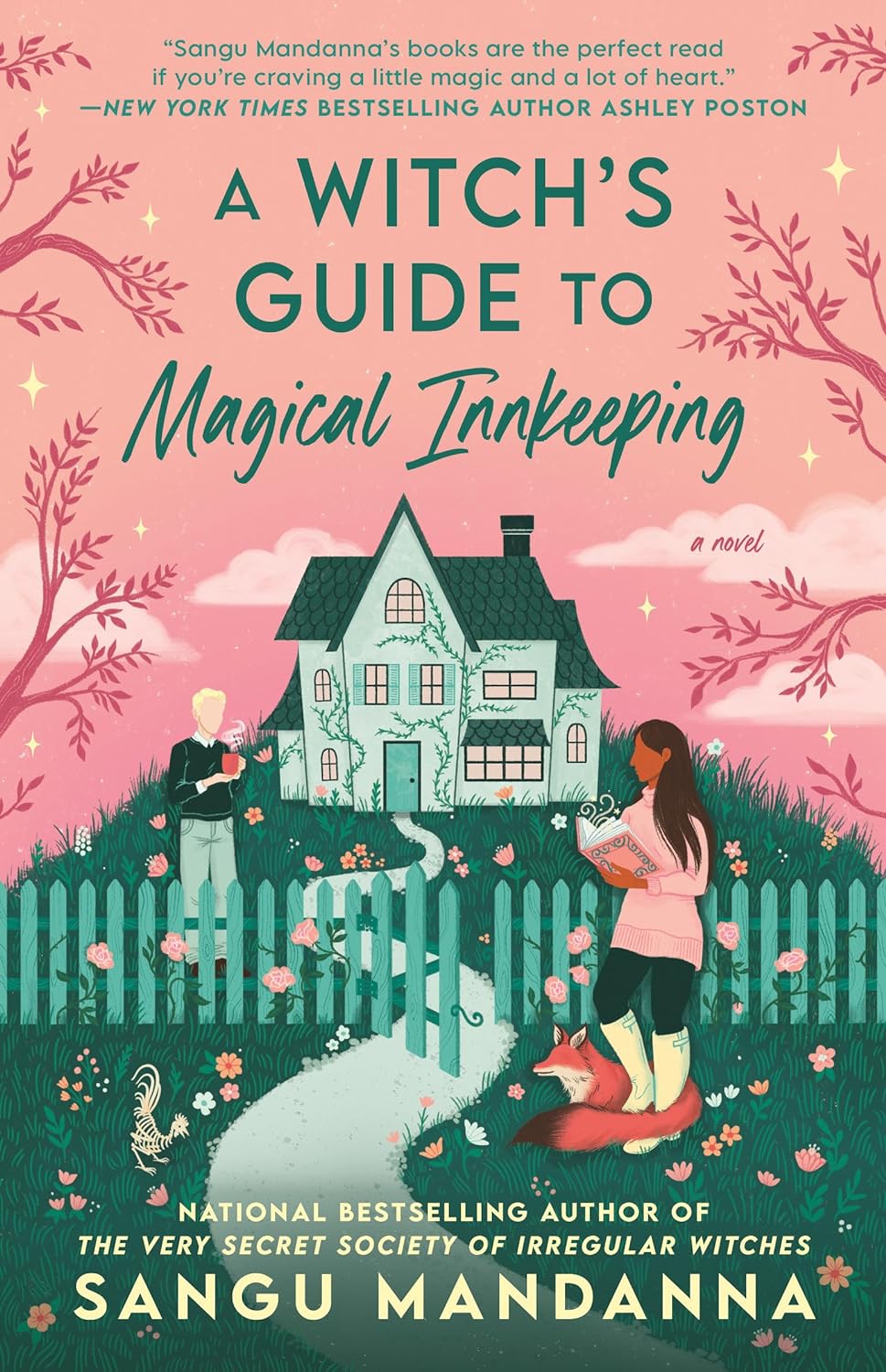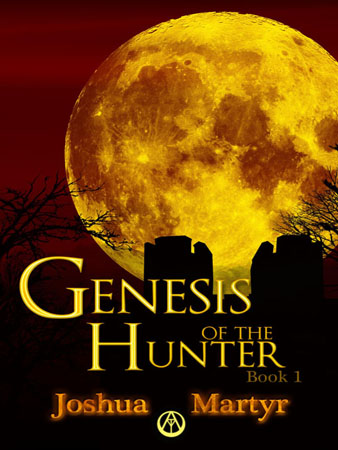 “Whoever would have guessed I would be doing what I am now… for a living. When I distance myself from the prospect it seems entirely surreal, yet here I am…” – Dr. Canterberry
“Whoever would have guessed I would be doing what I am now… for a living. When I distance myself from the prospect it seems entirely surreal, yet here I am…” – Dr. Canterberry
Genesis of the Hunter, author Joshua Martyr’s debut novel, presents the story of a single vampire’s life during two time periods: his initial transformation in the 1400s, and his quest during modern times to fully understand the genesis of his species.
The passages that take place in Berwick Upon the Tweed during the late 1400’s detail the chance encounter with two vampires that forever changes the life of The Sentry, as we know the vampire during this time period. In fascinating detail The Sentry’s process of transformation into a vampire is chronicled, including the fact that for some reason he retains a higher level of intellectual functioning than the creatures whom he fought.
Flash forward to modern times where Gabriel, as we now know The Sentry, has employed immunologist / hematologist Dr. Canterberry to study the evolution of the vampire species. The investigations are being carried out both with urgency and in the utmost secrecy as there are people in shadowy positions of power (the CIA, Knights Templar and Illuminati are all hinted at) who seek to capture Gabriel in furtherance of their own agenda.
Author Joshua Martyr certainly has a grand vision of the story he wants to tell regarding the evolution of the creature we call vampires (a sequel is planned). As Richard Matheson’s 1954 I Am Legend did, Genesis of the Hunter contains a substantial exposition on the possible scientific explanations for the existence of the vampire, and Martyr has put considerable effort into creating a scientific backstory on the evolution of the species.
The only minor quibble I had is that the jumping back and forth was a bit distracting at times, and I believe the two time periods that alternate in the story could have stood on their own as separate books. Having said that, there is no question that Martyr’s approach is from a refreshing perspective, one that is built around neither romance nor gore but takes a more analytical approach to the legend.
So if you’re looking for a story that tackles the legend of vampires with a blend of historical setting and scientific theory, give Genesis of the Hunter a try.


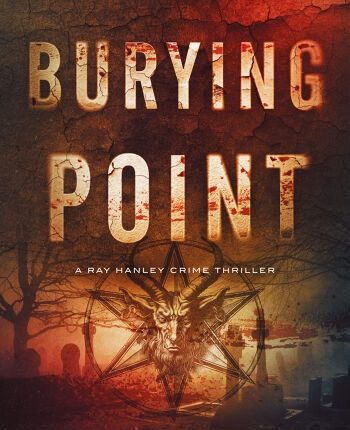
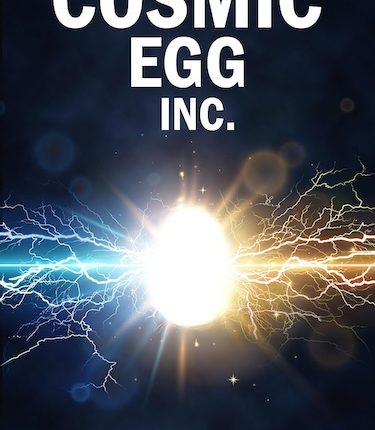
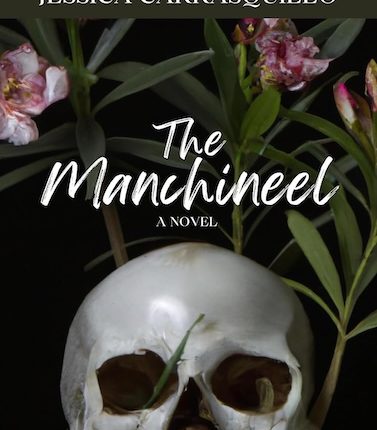

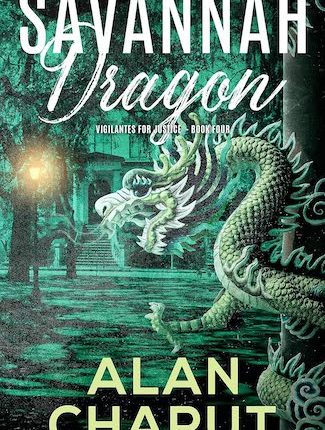
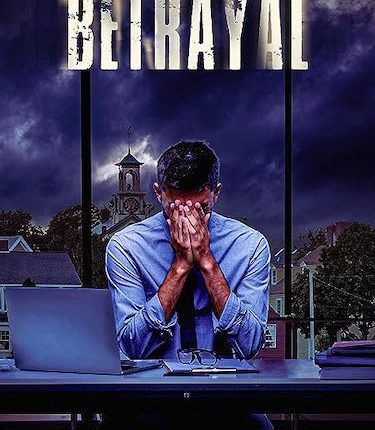
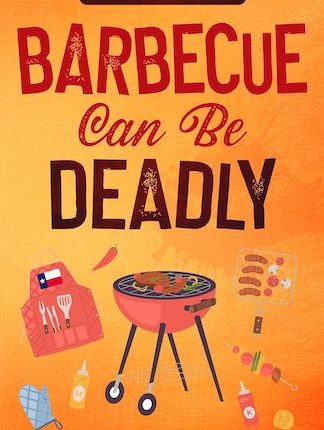

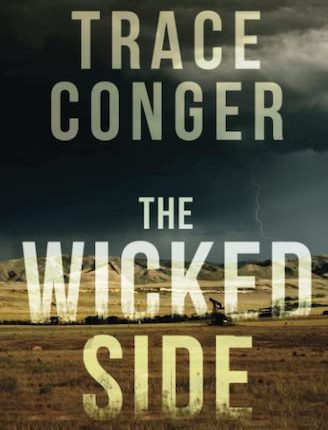
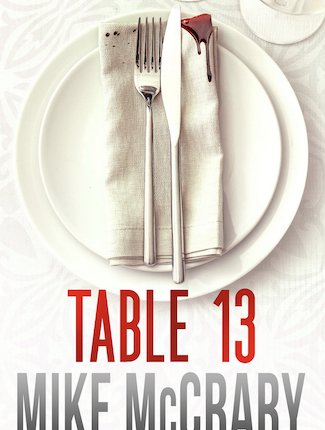
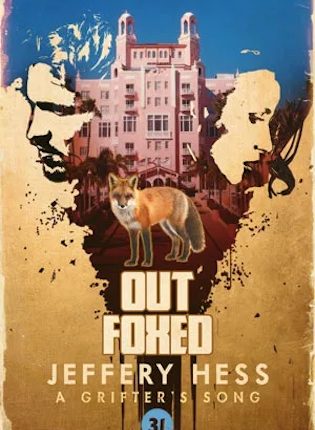
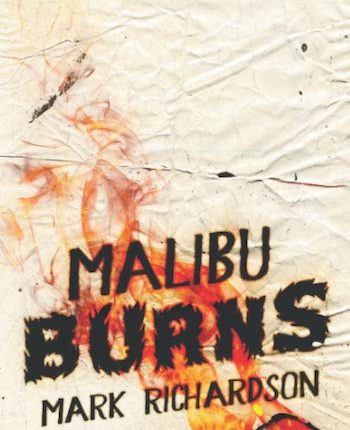
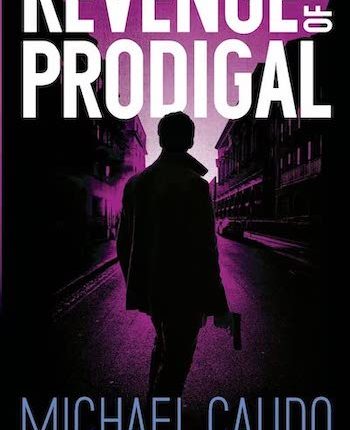

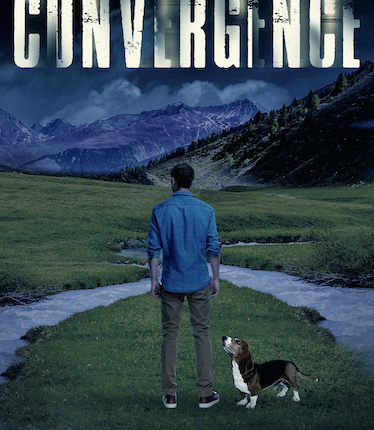
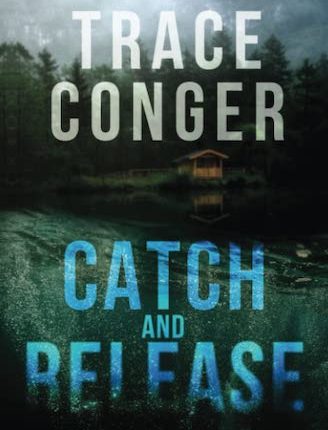
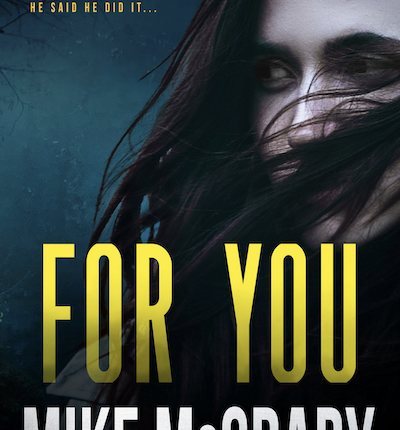
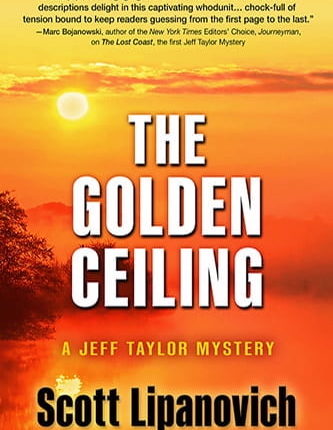
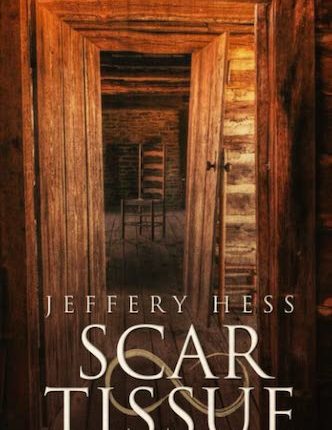
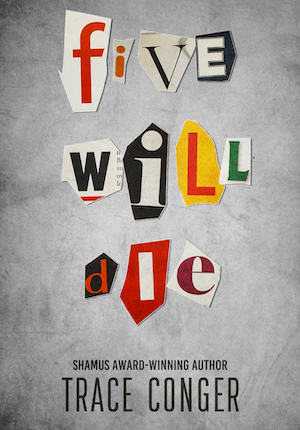
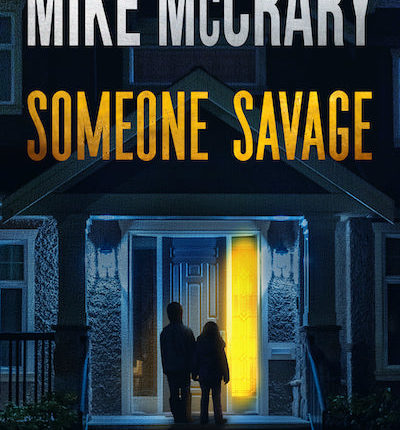
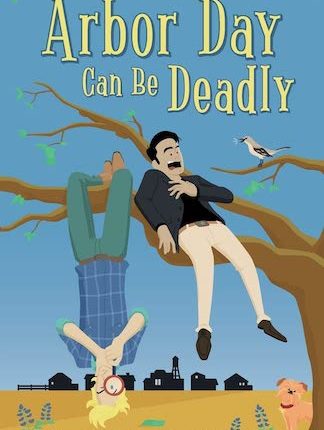
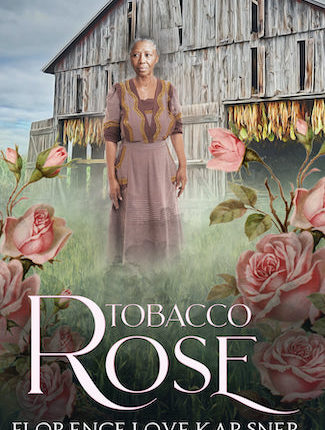
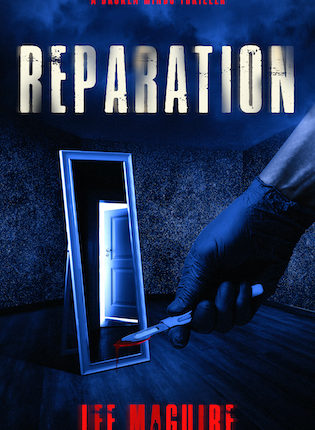
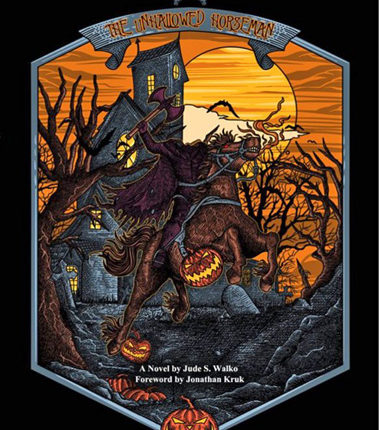
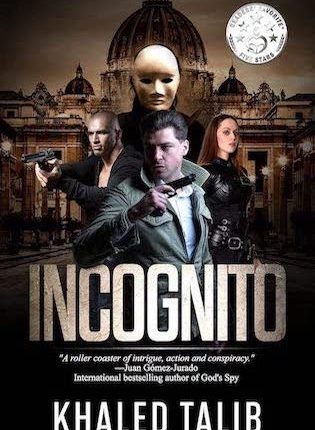
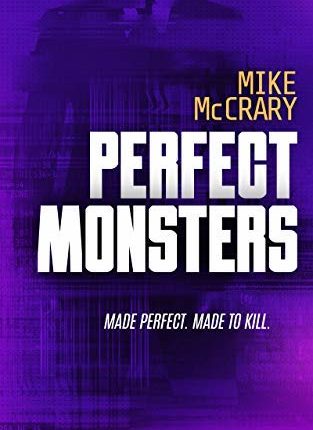
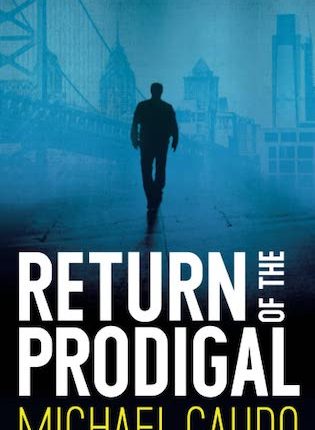
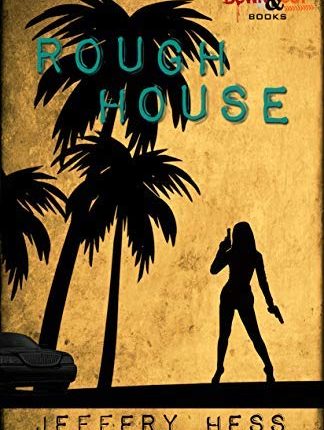

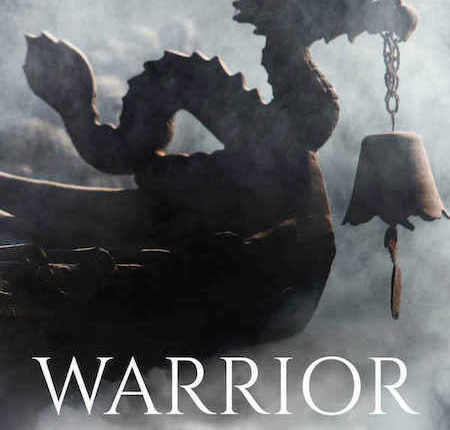

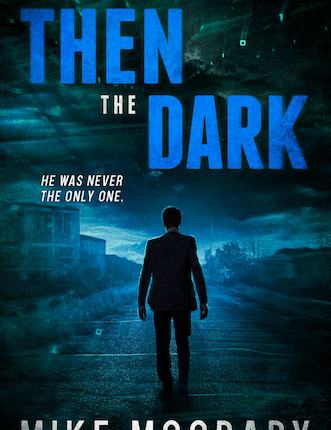
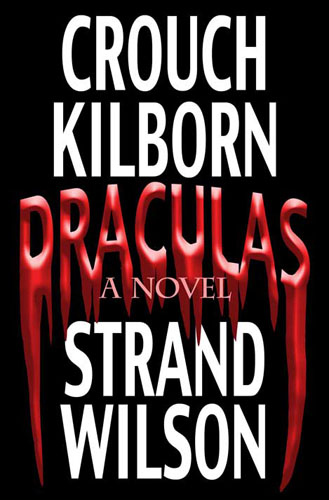 He was the first. He’d been infected by the original source. That made him special. He knew he was going to change into something else. Something more powerful than what he already was. Something that would allow him to infect the whole world. – Mortimer Moorecook
He was the first. He’d been infected by the original source. That made him special. He knew he was going to change into something else. Something more powerful than what he already was. Something that would allow him to infect the whole world. – Mortimer Moorecook
 Being partially to blame for your own therapist’s death is a tough thing to deal with, especially because you don’t have a therapist anymore to help you through it. Sometimes irony just kicks you in the teeth like that. – John Wayne Cleaver
Being partially to blame for your own therapist’s death is a tough thing to deal with, especially because you don’t have a therapist anymore to help you through it. Sometimes irony just kicks you in the teeth like that. – John Wayne Cleaver
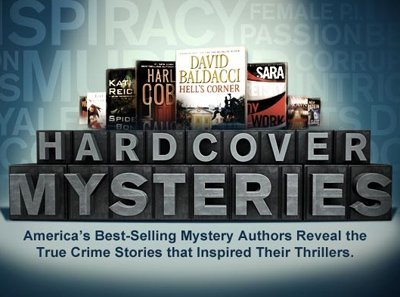 Investigation Discovery is launching a new series tonight (Monday, October 11th at 9pm) called Hardcover Mysteries:
Investigation Discovery is launching a new series tonight (Monday, October 11th at 9pm) called Hardcover Mysteries: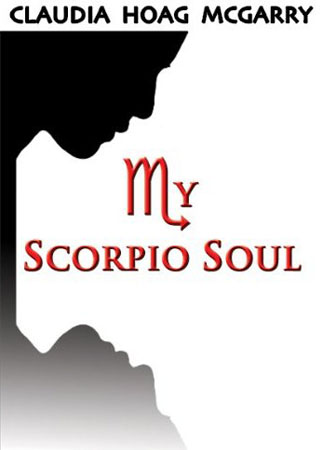 “People can do nice things but it doesn’t mean they are nice people. Remember that.” – Tempest McTierney
“People can do nice things but it doesn’t mean they are nice people. Remember that.” – Tempest McTierney
 I’m very pleased to welcome author Reed Farrel Coleman to Musings of an All Purpose Monkey as part of his
I’m very pleased to welcome author Reed Farrel Coleman to Musings of an All Purpose Monkey as part of his 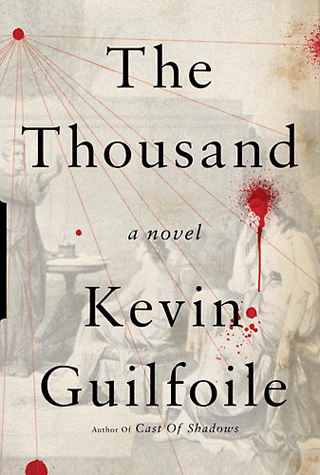 “From almost the very beginning, the Thousand have been rumored to be at war with themselves. A secret civil war that has been raging for millennia and is still going on right under our noses, right across our front pages.” – Professor Cepeda
“From almost the very beginning, the Thousand have been rumored to be at war with themselves. A secret civil war that has been raging for millennia and is still going on right under our noses, right across our front pages.” – Professor Cepeda
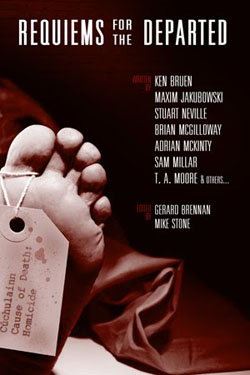 Combining ancient Celtic legends and the amazing powers of preservation found in peat bogs, John McAllister has created in “Bog Man” a wonderfully atmospheric murder investigation set in the lowlands of Iron Age Britain.
Combining ancient Celtic legends and the amazing powers of preservation found in peat bogs, John McAllister has created in “Bog Man” a wonderfully atmospheric murder investigation set in the lowlands of Iron Age Britain.





